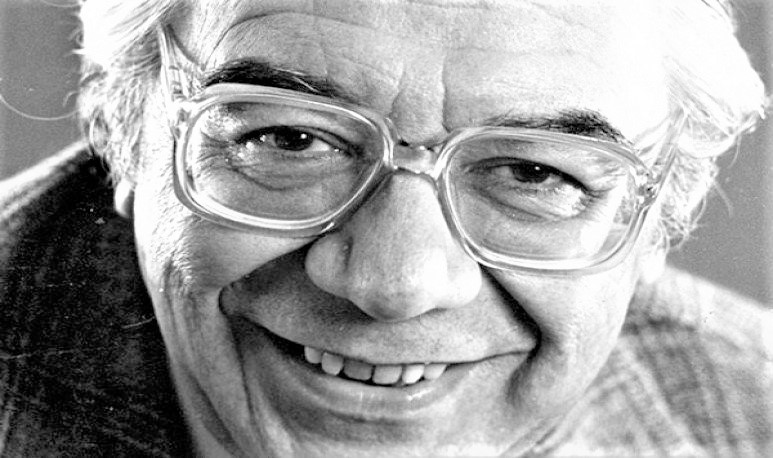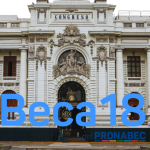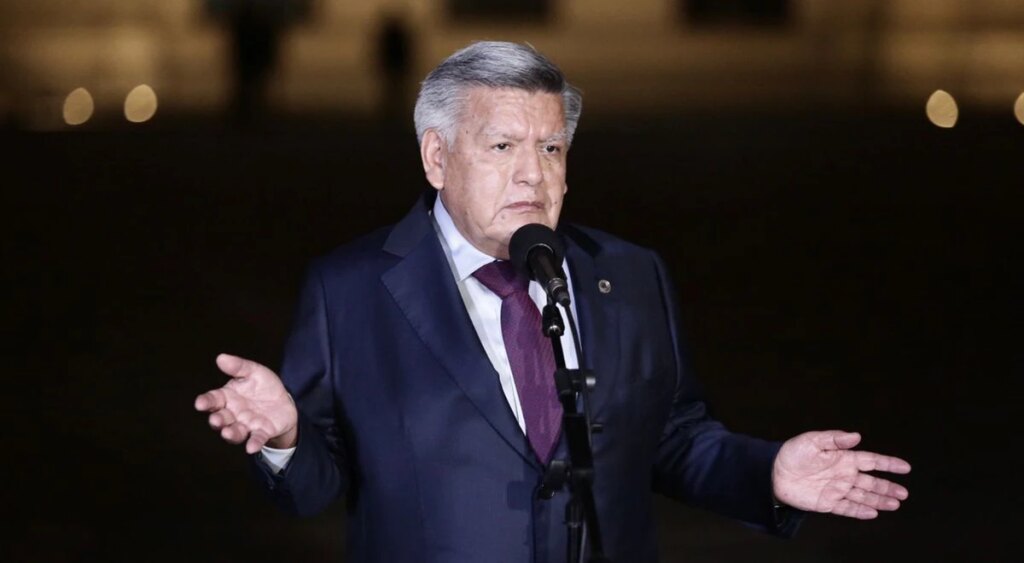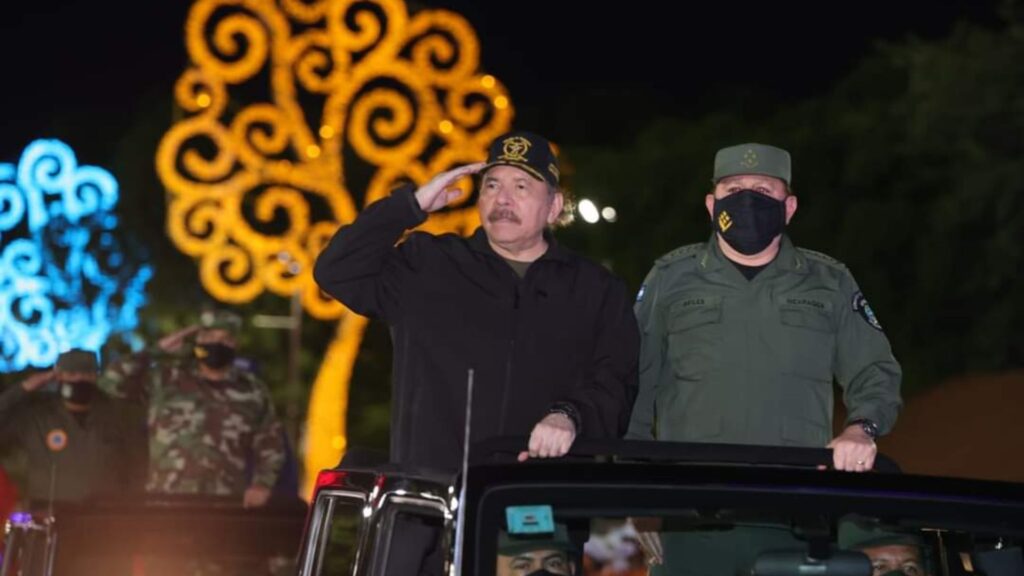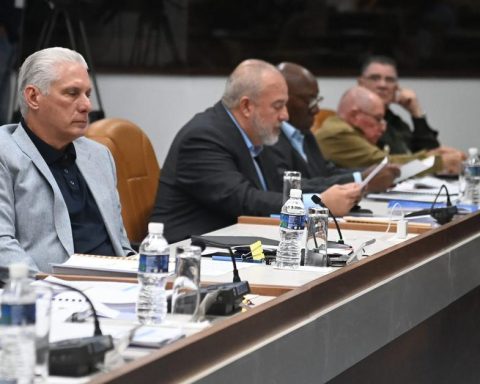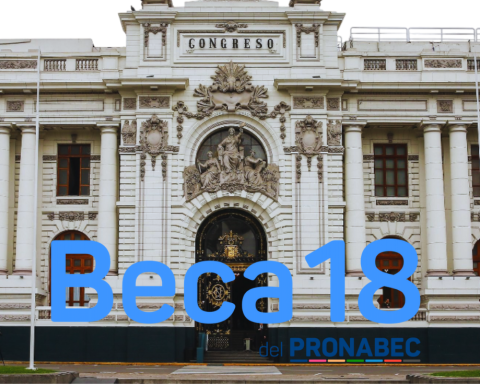His Misa Criolla revolutionized the Catholic liturgy in Spanish
Christian Nielsen
He was born in Santa Fe on September 4, 1921. His name was Ariel Ramírez and from his creative genius came one of the most disruptive musical works of the 20th century, the Misa Criolla.
It was 1964. The composer called his friend Félix Luna at the Clarin newsroom. “I came urgently, I have to show you something” recalls the journalist, historian and poet.
What had happened? The Second Vatican Council, entering its second year of deliberations, had authorized celebrating Mass in the vernacular, breaking a long tradition of liturgy in Latin. Ramírez had been thinking about the idea of a mass in Spanish since 1954. The time had come. His Misa Criolla, recorded for the first time in 1964, soon broke borders and became a worldwide success.
TRAVEL TO KNOW
Ramírez was a qualified teacher, following in the footsteps of his parents who had dedicated their lives to teaching. But he was fascinated by the music, the rhythms and the regional colors. While studying piano in Córdoba, he had an encounter that would mark his life forever. It was in a student hostel that he shared with classmates from Tucuman that one day Atahualpa Yupanqui appeared, who had stopped to listen to Ramírez play the piano with great enthusiasm. Don Ata gave him some advice that he would take care to follow scrupulously. “You have to travel north, listen to his musicians” was the recommendation.
There he began his itinerary through the provinces of northwestern Argentina, a transitional region strongly influenced by indigenous-inspired rhythms. This true pilgrimage fed his vocation as an interpreter but also his creative vein. From that conjunction would be born one of his most popular zambas, La Tristecita, with which he would start an extensive musical production that would come to be disputed by the main record labels of that time.
At the beginning of the ’50s, Ramírez made the leap and settled in Europe, where he stayed for four years making the music “from the end of the world” known in cities whose inhabitants yearned to listen to music from all latitudes, after six years of a bloody war.
Finally, he decided to go back. Since he made it by boat, she had plenty of time to ponder his next steps. There was born the idea of creating Christmas carols in local rhythms and lyrics in Spanish.
IT WAS A MASS
“One night in September 1964, I was at the Clarín newspaper when I received a phone call from Ariel,” recalls Falucho, the nickname of Félix Luna. He wanted me to go to his house urgently and would not allow delays. Ramírez was very focused on a set of songs inspired by the Misa Luba, a version of the celebration in Latin transcribed into the Congolese language and premiered in 1958 in Katanga, a region of the former Belgian Congo.
“Ariel knew that his mass wasn’t enough to fill a long play, so he asked me to help him compose half a dozen Christmas carols,” says Luna.
However, the mass would not only fill both sides of an LP but would also take on unforeseen dimensions. On that feverish night, the historian refers, the Kyrie appeared (vidala-baguala), the Gloria (carnavalito-yaraví), the Credo (truncated chacarera), the Sanctus (Cochabamba carnival) and the Agnus dei (pampas style).
“When I remember that night, it seems to me that someone dictated to us what we were doing – Luna would recount years later. In the time that elapsed between my arrival and the early hours of the morning, when I returned home, the work was defined in its entirety and four or five of the six pieces that would comprise it were virtually finished”.
After the mass, a challenge of the same magnitude as his own conception arose: who would interpret it and how.
When he faced this stage, Ramírez was aware of the enormous work that lay ahead. And there was little time, because Christmas was approaching and the record label wanted to have the album ready by early December.
With the piano there were no problems, as was obvious. But more was needed. How to introduce the climates and the transitions between each part? Then the idea arose of an instrument with a strong northern color, the charango. He needed the best charanguista and that was Jaime Torres.
And the voices? Ramírez had been thinking of a quartet with a great personality, Los Fronterizos, especially his first voice, Gerardo “Negro” López, who would be in charge of the high-pitched vocal solos. Isella, Madeo and Moreno surrounded him. To complete the picture, Ramírez did not pay attention to expenses. He proposed to Father Jesús Gabriel Segade, a musician and priest of the Basílica Nuestra Señora del Socorro in Buenos Aires, that he contribute his Singing of Voices, a choral wall on which the piano, charango and singing would weave a colorful network of mysticism and color. Only one last touch was missing, the one that would be borne by the percussionist Chango Farías Gómez.
This is how the Creole Mass was born, which was sung in the very Basilica of Saint Peter, in Rome.
Almost a miracle.
